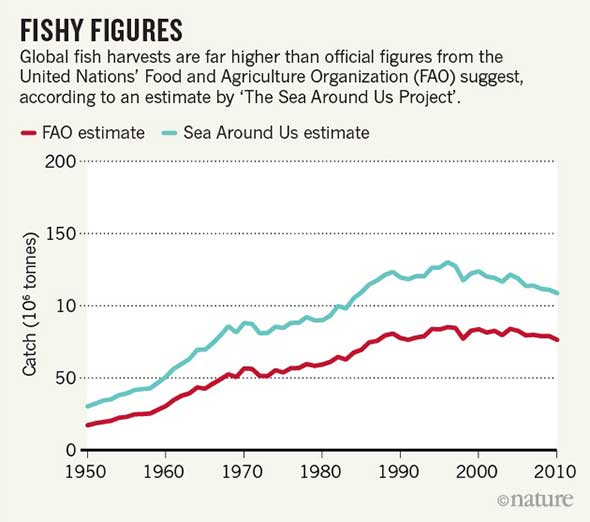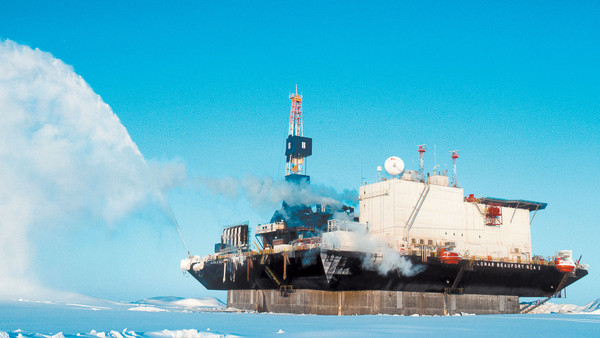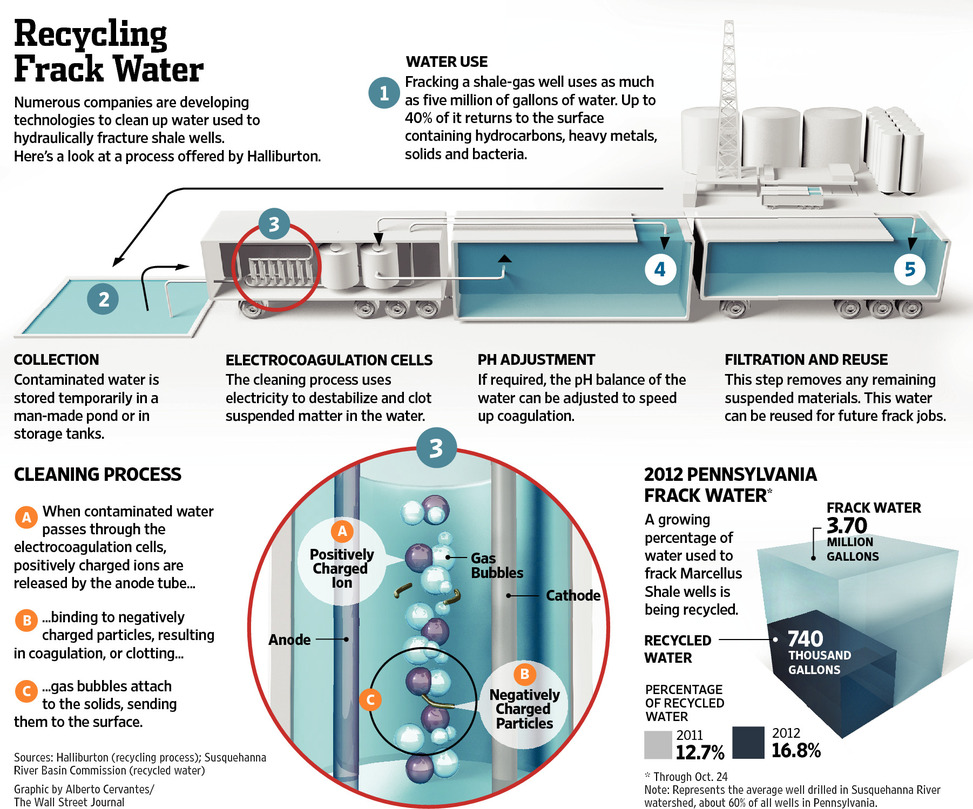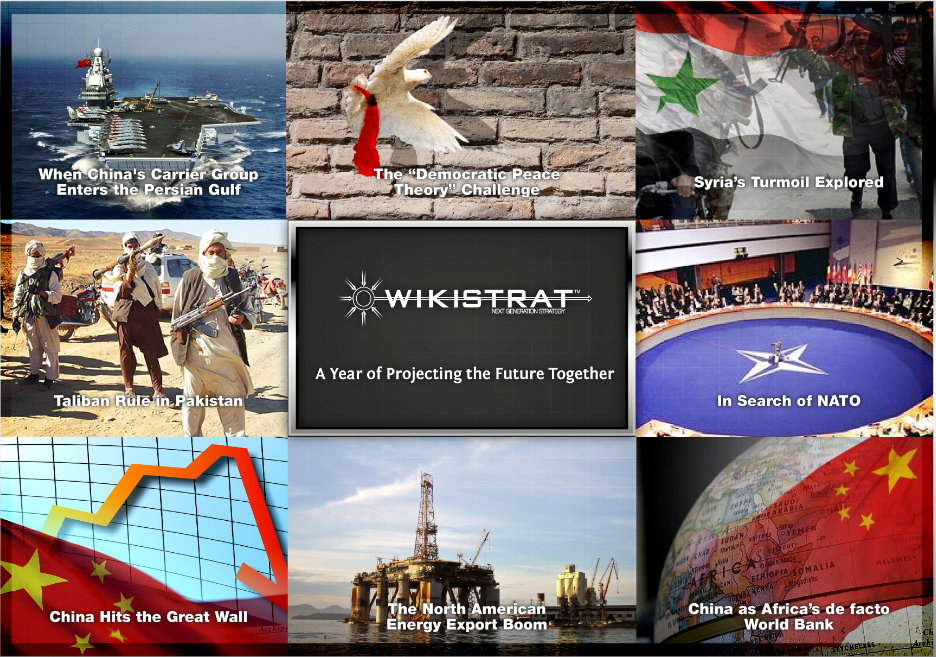Rising Sea Levels, Rising Awareness, Rising Resilience?
 Thursday, February 25, 2016 at 1:09PM
Thursday, February 25, 2016 at 1:09PM
IN GENERAL, HISTORY SAYS HUMANS DO BETTER WHEN IT GETS WARMER AND WORSE WHEN IT GETS COLDER. There are a number of reasons for this, but the simplest explanation is energy: (1) it's easier to cool people than to warm them; and (2) it's easier to grow human energy (food) when it's warmer than when it's cooler. But that's a uber-macro take on the subject, when regional variations in climate change will be the real story of this century — namely, the middle regions of the world will get much hotter and drier while the most northern and southern bands will grow more temperate. Humans will adapt to all this, and huge numbers will be put on the move — poleward (just like plants and animals have been for decades now), but there will be a tremendous die-off of species from this rapid change (not rivaling other mass extinction periods in Earth's history in scope [one, for example, encompassed 96% of all species], but apparently surpassing them in speed). None of this is really negotiable at this point; it's a done deal. We can delay some impacts, or take the worst edge of others, but they are coming — with the bulk arriving in the lifetimes of our children.
No, we're not going to roll back human progress, nor will we succeed in demanding that the still undeveloped regions of the world stay that way to atone for the North's sins. And yes, we will engage in Noah's Arc-like activities designed to transplant vulnerable species to new areas where they might survive and hopefully thrive.
In short, we will continue remaking this planet in our image, because that's what humans do.
But it's the oceans where we have so little say in the matter, even as we have had enormous impact. This is where community, regional and national resilience will be tested the world over.
On that score, lots of new studies just out suggesting that rising sea levels and associated flooding will likely be as bad as most of the scariest predictions have indicated — but again with significant regional variations.
First, from a WAPO story on one just-published study:
A group of scientists says it has now reconstructed the history of the planet’s sea levels arcing back over some 3,000 years — leading it to conclude that the rate of increase experienced in the 20th century was “extremely likely” to have been faster than during nearly the entire period.
“We can say with 95 percent probability that the 20th-century rise was faster than any of the previous 27 centuries,” said Bob Kopp, a climate scientist at Rutgers University who led the research with nine colleagues from several U.S. and global universities . . .
The study was published Monday in the Proceedings of the National Academy of Sciences.
Seas rose about 14 centimeters (5.5 inches) from 1900 to 2000, the new study suggests, for a rate of 1.4 millimeters per year. The current rate, according to NASA, is 3.4 millimeters per year, suggesting that sea level rise is still accelerating.
So, rising more than twice as fast this century versus last — achieving the dreaded "hockey stick" graphs displayed above.
Now, for the variation in the US, from another WAPO story on anther study:
Writing in Nature Geoscience, John Krasting and three colleagues from the Geophysical Fluid Dynamics Laboratory of the National Oceanic and Atmospheric Administration find that “Atlantic coastal areas may be particularly vulnerable to near-future sea-level rise from present-day high greenhouse gas emission rates.” The research adds to recent studies that have found strong warming of ocean waters in the U.S. Gulf of Maine, a phenomenon that is not only upending fisheries but could be worsening the risk of extreme weather in storms like Winter Storm Jonas.
“When carbon emission rates are at present day levels and higher, we see greater basin average sea level rise in the Atlantic relative to the Pacific,” says Krasting. “This also means that single global average measures of sea level rise become less representative of the regional scale changes that we show in the study.”
The Atlantic suffers this additional stress because it churns/circulates/ventilates more than the quiet Pacific.
But, getting it back to us humans, these are emerging realities for our local ecosystems, and, by that, we mean the local operating environment of families, businesses, communities, cities and the like. Our local support systems, or the networks upon which we rely for our organizations' smooth functioning, are all going to come under more regular stress and suffer more regular crises. This will arrive in the form of increasingly weird, unpredictable, and severe weather all over America, but with the added danger of storm surge flooding and destruction along the lowest portions of the coastlines (particularly along the Atlantic).
According to NOAA:
In the United States, counties directly on the shoreline constitute less than 10 percent of the total land area (not including Alaska), but account for 39 percent of the total population. From 1970 to 2010, the population of these counties increased by almost 40% and are projected to increase by an additional 10 million people or 8% by 2020. Coastal areas are substantially more crowded than the U.S. as a whole, and population density in coastal areas will continue to increase in the future. In fact, the population density of coastal shoreline counties is over six times greater than the corresponding inland counties.
Globally, it's even more concentrated, with 44% of humanity living within 150 km of coastlines.
How prepared are we for rising sea levels?
If you're the Dutch, you're feeling pretty confident, because (a) you're rich, and (b) you've been doing this for centuries. If you're Bangladeshi, you're a whole lot less confident ...
The good news is, globalization is reducing global poverty dramatically (spreading wealth) while spreading technical know-how. So we can all be more "Dutch" over time (with their help, as the Netherlands' aid agency specializes in transferring such knowledge).
On that score, we have plenty to do, says Time:
The [recently published] research adds to growing evidence that communities around the world are vastly unprepared to defend against the effects of sea level rise in the coming decades. Rising sea levels erode coasts and place coastal cities in danger. Even areas that may seem safe will be vulnerable to floods that could inundate entire cities and contaminate freshwater supplies ...
“We’re just at the beginning of the curve,” says Benjamin Strauss, co-author of the Climate Central central study. “I think in the next two decades things will deteriorate a lot faster than they did over the last two decades.”
But that's how it is for most things in life: it gets slightly worse for a long time and then gets dramatically worse in a short time. Solutions, per the Dutch and others, are well known:
In addition to mitigation, vulnerable communities should adapt to protect themselves from rising sea levels, researchers say. Those protective measures can take the form of levees, pumps and elevated homes. In other places, policymakers have built up natural defenses like mangroves and reefs. These provide the added benefit of sucking up carbon from the atmosphere and they often cost less than their steel and concrete equivalents, according to Jane Carter Ingram of the Nature Conservancy’s Science for Nature and People Partnership.
The problem is local leadership:
But many of the most vulnerable communities have been reluctant to change. Policymakers in Florida, for instance, have been hampered by elected officials who question the science of climate change despite the state being among the country’s most vulnerable.
We can't be resilient if we can't look problems straight in the eye.
 US,
US,  environment,
environment,  global warming | in
global warming | in  Citation Post |
Citation Post |  Email Article |
Email Article |  Permalink |
Permalink |  Print Article
Print Article 

































